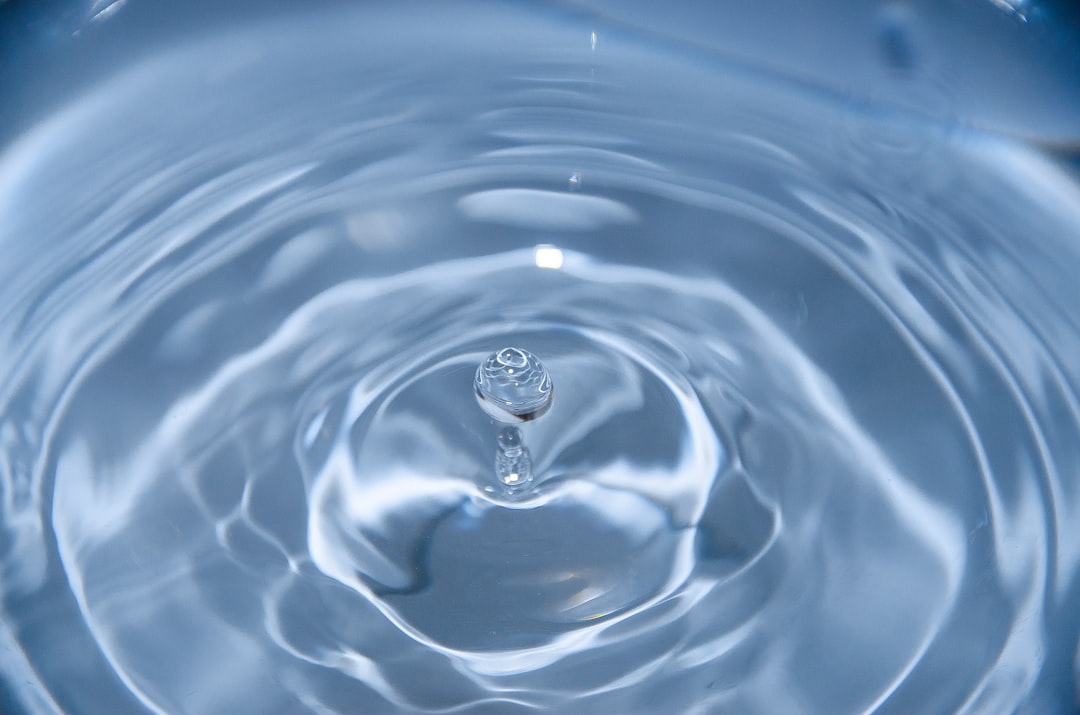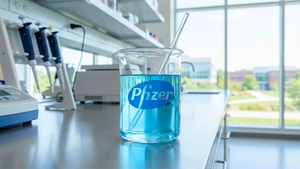 Photo from Unsplash
Photo from Unsplash
Originally Posted On: https://aquadryco.com/does-water-damage-always-require-professional-restoration/
Does Water Damage Always Require Professional Restoration?
Overview
Water damage from floods or other causes can progress quickly, causing structural issues and hidden hazards in your home. Professional restoration is the key to preventing further damage. In this blog post, Aqua Dry Restoration Co. explores why expert restoration is essential for long-term protection.
Highlights
- Why restoration requires expertise
- Why professional water removal is faster
- Restoration techniques
- Types of water damage
- The importance of inspections
Introduction
Whether it’s a small patch of water-damaged drywall or an entire room soaked through from a burst pipe, problems caused by water can easily spiral into bigger issues without professional restoration.
The fact is, even minor water damage can hide structural risks or mold growth, and even if you attempt cleanup yourself, lacking the proper equipment and expertise can leave critical issues unresolved.
Aqua Dry Restoration Co. goes over why water damage should always be addressed by a professional.
Why Does Water Damage Restoration Require Expertise?
Water damage isn’t always as simple as it looks. Sure, you might mop up the visible water, but what about the moisture trapped in your walls, floors, or insulation? That hidden dampness can lead to mold growth or structural weakening without the proper tools and training to address it.
Then there’s the issue of contamination. Not all water is clean—floodwater or sewage backups can carry harmful bacteria and chemicals. Professionals know how to safely handle and dispose of contaminated materials while also preventing cross-contamination in your space.
Here are several other reasons why water damage restoration is best left to professionals:
- Accurate damage assessment: Professionals can identify the full extent of damage, including areas that appear unaffected but may be compromised.
- Understanding of materials: Different materials—like hardwood, drywall, and carpeting—respond differently to water. Experts know how to salvage what can be saved and replace what can’t.
- Proper drying techniques for different spaces: Basements, crawl spaces, and attics require unique drying approaches to prevent further damage.
- Speed and efficiency: Trained technicians work faster with the right tools and techniques, minimizing the time your property remains vulnerable.
- Mitigating secondary damage: Without expertise, secondary issues like warping, peeling paint, or rusted metal fixtures can arise.
How Does Professional Water Damage Cleanup Prevent Future Issues?
If water damage isn’t thoroughly addressed, it sets the stage for more extensive problems.
Mold is one of the most common consequences, as it can thrive in areas you might not even think to check, like inside walls or beneath flooring.
Untreated water damage can also weaken key parts of your home over time. Wooden beams and joists may slowly rot, while drywall can lose its strength and begin to crumble. Professionals don’t just clean—they inspect and reinforce areas at risk to prevent extensive structural repairs if possible.
Issues like warped floorboards or cabinets that no longer close properly can emerge weeks after water damage if moisture isn’t fully removed.
With professional-grade tools and expertise, cleanup teams ensure these problems are eliminated before they have a chance to take hold.
What Makes Professional Water Removal Faster and More Effective?
The quickness of professional water removal comes from a combination of experience and strategic planning. For one, professionals assess the layout and materials in the affected areas before starting, allowing them to position equipment for maximum efficiency.
Another advantage is how professionals handle certain obstacles. Instead of simply working around furniture or fixtures, they elevate or move items to allow water to be removed from underneath. This prevents delays and ensures no moisture is left trapped in hidden areas.
There’s also timing and coordination. Professionals work simultaneously with different equipment, whether it’s pumps, air movers, or dehumidifiers, so no step is held up waiting for another. Managing these elements together, the entire removal process is completed faster and with better results.
How Long Does Water Damage Restoration Take?
Though efficiency is always prioritized, the timeline for water restoration can vary depending on the severity of the damage, the materials involved, and when professionals arrive. The important thing is to ensure all water is removed as quickly as possible before other processes like cleaning and repairs begin.
For a flooded basement, standing water may require one to two days for water extraction and drying. However, if the water has soaked into walls or under flooring, the process could extend to a week or more to ensure all hidden moisture is addressed. Each situation is unique.
Other factors include:
- The type of water involved, whether it’s clean, gray, or black
- How long the water has been present
- Accessibility of the damaged area
- The complexity of the cleanup
What Techniques Are Used in Professional Water Damage Restoration?
Professional water damage restoration relies on specialized methods that target the full scope of the damage—not just what’s visible. These techniques, applied and adjusted for your specific circumstances, are designed to address applicable underlying issues, like weakened materials or contaminated surfaces.
Depending on your situation, techniques and processes can include:
- Water extraction using high-powered pumps: Quickly removes standing water to prevent further absorption into building materials
- Thermal imaging for moisture detection: Identifies hidden pockets of moisture within walls, ceilings, and structural components without invasive demolition
- Removal and disposal of unsalvageable materials: Ensures all damaged drywall, insulation, and other compromised materials are safely removed to halt further degradation
- Structural cleaning and sanitization: Disinfects surfaces to eliminate contaminants, especially after exposure to gray or black water
- Electrical and safety assessments: Ensures all systems are inspected and secured, especially after water exposure near outlets, wiring, or appliances
These professional techniques work together to restore your property efficiently and safely, minimizing long-term damage and health risks.
Why Is Mold Remediation Part of the Restoration Process?
Mold is one of the most immediate threats after water damage, often starting to grow within 24 to 48 hours in damp, untreated areas. It spreads quickly and causes structural damage by breaking down materials like wood and drywall—not to mention the potential danger of inhaling mold spores.
Remediation eliminates both the mold and the conditions that allow it to thrive. Affected areas are sealed off to prevent spores from traveling, and specialized equipment is used to physically remove the mold from surfaces. Antimicrobial treatments are then applied to neutralize any remaining spores.
Drying Methods for Flood Damage
Two feet of standing water won’t go away if you just wait for it to evaporate. Flooding like this requires immediate attention, with pumps to remove the water quickly, followed by air movers and dehumidifiers to dry the space thoroughly. Without these steps, moisture will linger.
You need specialized tools for water behind walls or under flooring. Wall cavity dryers work by injecting warm, dry air into confined spaces through small holes. Floor mats with suction technology create a vacuum effect that pulls water out from porous materials like wood and subfloors.
Some of the best practices that professionals use include:
- Using multiple air movers in a strategic circular or triangular pattern to maximize airflow and speed up evaporation
- Gradually increasing drying intensity to prevent warping or cracking, especially with materials like hardwood
- Continuously monitoring humidity levels and adjusting equipment placement to target any remaining moisture effectively
What Types of Water Damage Do Professionals Address?
Water damage comes in many forms, influenced by factors like the source of the water, the type of materials affected, and how long the damage has been left untreated. For example, a burst pipe might cause immediate flooding, while a slow roof leak can lead to hidden water intrusion over months.
One type of damage professionals frequently address is electrical hazards caused by water exposure. When water infiltrates walls or ceilings, it can reach electrical wiring, outlets, or circuit panels. Water and electricity obviously don’t mix, and short circuits and fire hazards are serious risks.
Other types of damage include:
- Warped or swollen wood: Damage to hardwood floors, cabinets, or framing caused by prolonged water exposure
- Corroded metal fixtures: Rust and degradation of plumbing, fasteners, or structural supports caused by moisture
- Wallpaper and paint damage: Peeling, bubbling, or staining caused by water penetration through walls
- Cracked tile grout: Water seeping through damaged grout can lead to subfloor moisture and further deterioration
- Water-stained ceilings or walls: Discoloration from water exposure that may signal hidden damage behind the surface
Why Are Water Damage Inspections Important?
A water damage inspection is important both before and after restoration to ensure every issue is thoroughly addressed. The initial inspection will involve assessing the extent of the damage, identifying hidden moisture, and determining what materials are salvageable.
The post-inspection is just as important. Once the restoration process is complete, all the affected areas need to be rechecked to confirm all moisture has been eliminated and your property is safe. This ensures that potential hidden risks are either caught and addressed or avoided outright.
Hire an Efficient Water Damage Restoration Company
Without professional help, it’s difficult to remove water completely and verify the effectiveness of your methods. Aqua Dry Restoration Co. works efficiently to address both visible and hidden damage, ensuring your property is safe, dry, and protected from future issues.
Work with an efficient water damage restoration company—call (720) 412-0125.






